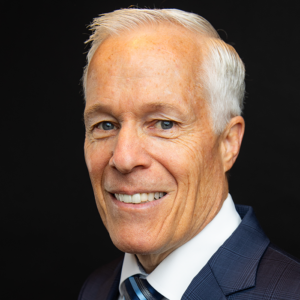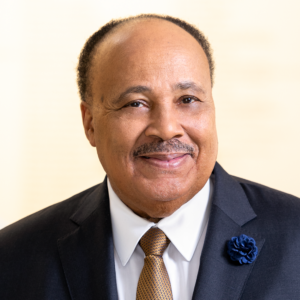Money-Saving Tips for Freelancers

When you hear the term freelancer, you might think of someone working a small business out of his or her home and just doing things on the fly. However, freelancers come in all forms and many owners of small businesses or startups are also freelancers. Being a freelancer means you are self-employed and being self-employed can be tough on your taxes.
As a freelancer, because you are responsible for your own employment taxes you are both employer and employee. For taxes, that is a double-whammy. When you work for an employer both you and the employer split the cost of Social Security and Medicare taxes. As a freelancer you pay the whole amount yourself. As a freelancer you are typically required to pay estimated taxes four times during the year.
If you overpay, then you will get some back when you file your return. However, if you don’t pay enough you could end up paying penalties and interest later on. Estimated tax payments are exactly as described: an estimate. Many self-employed taxpayers don’t know in advance how each quarter will go, let alone the entire year. So how do you hold back the right amount to cover your tax bill?
The smartest practice is to set aside a portion of your income as you receive it. The amount will vary, but typically a safe number is about 15 percent of your income each time you are paid. Of course, for those business owners and freelancers with higher income the amount will need to be higher.
Being your own boss has its advantages, but being a business owner can also be more difficult when it comes to filing and paying taxes. Contact GROCO if you’re a business owner and need help with your self-employment taxes. Call 1-877-CPA-2006 or click here.
Faith, Freight & “Slaying the Tomb”
How the Moscrips Drove From Freight Tech to Faith-Fueled Media When Scott Moscrip launched Truckstop.com from a spare bedroom in 1995, he didn’t just build a freight-matching marketplace—he rewired a blue-collar industry for the Internet age. Thirty years, five kids, and one mayoral term later, the Idaho technologist and his wife, Carmen, are chasing an…
From the Streets to Self-Reliance
How Joseph Grenny’s Other Side Village Is Rewriting the Homelessness Playbook A 2 a.m. Alarm and a Box of World-Class Doughnuts At two o’clock each morning in downtown Salt Lake City, former rough-sleepers slip into spotless aprons, fire up industrial mixers, and begin turning out pillowy brioche rings glazed with passion-fruit icing and drizzled…
Building a Legacy: A Fireside Chat with Martin Luther King III
In a thought-provoking fireside chat at our Legacy Builder’s Conference, Martin Luther King III shared profound insights on the concept of legacy, leadership, and the moral imperatives facing society today. Speaking with Alan Olsen, he reflected on his father’s enduring impact and his own efforts to carry forward that mission in today’s world. Defining His…
Turning Ordinary Lives into Living Legacies
“There was a measurable connection between how well they knew their family stories and how successful they were.” — Kasia Flanagan, founder of Everyday Legacies When historian‑turned‑biographer Kasia Flanagan examined the lives of mixed‑race German‑Samoan descendants for her PhD, she expected to chart migration patterns and cultural shifts. What she didn’t expect was the data point that changed her career:…




